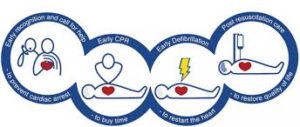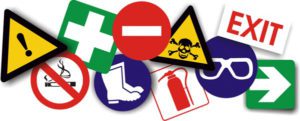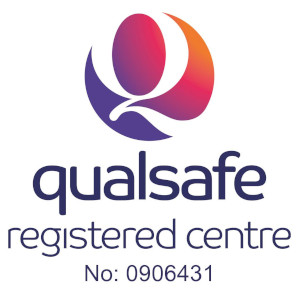I don’t need to attend a first aid course!
I hear this a lot, “I don’t need attend a first aid course!”, “I don’t need to have first aid training, or “That’s what the ambulance service is for!” Or “someone else will help, as they will be trained!”
Being First Aid trained can be very important, it gives us the knowledge, common sense and how to stay calm in a first aid incident.
Without having first aiders among us; lives wouldn’t be saved! So please, rethink; “I don’t need to attend a first aid course!” Keep reading for reasons why basic first aid is important.
Here are some statistics about the importance on being first aid trained;
- Basic First Aid can make the difference between life and death
- Only 9% of UK parents are confident and willing to perform First Aid on their children.
- A study carried out by St Johns Ambulance confirmed; 140,000 people have died annually where first aid could have saved their lives.
- Only 8% of patients survive a cardiac arrest
- Less than half of 30-40% of bystanders intervene when they witness someone collapsing – other parts of the world are much higher
- In England, resuscitation is attempted in around of 30,000 out of hospital cardiac arrests each year. The chance of survival for these patients is almost zero if someone collapses and no bystander CPR is attempted.
Simply waiting for the emergency services to arrive means that many lives that could be saved are actually lost. Fewer than half of adults feel able to intervene when they witness someone having a cardiac arrest, partly because of a lack of confidence and training.
Can you make a difference? https://www.youtube.com/watch?v=BG-kNWc7dFA Do you still think… “I don’t need to attend a first aid course!”
By attending a first aid course you will; have knowledge, understand the signs and symptoms of a casualty’s illness, will know when to call 999 and will deliver the correct methods to save or treat a casualty.
Did you know CPR is only to bide time – adults can only regulate their own oxygen levels by 3-6 mins, CPR is helping oxygen to get around the body, keeping the brain and vital organs alive. Cardiac arrest victims who receive early first aid in the form of bystander CPR are much more likely to live and make a full recovery.
Survival on CPR alone is very low – Resus council confirms only 10% of casualties survive. Following the chain of survival improve the chances of survival figures are much better. Therefore…. AED increases survival rate by 70%
It is a legal requirement that defibrillator training is delivered on all first aid courses. You will learn how to use and operate a defibrillator, when it should be switched on, and how important it is to start CPR and get emergency help as quickly as possible – we have only six minutes until the human brain starts to expire of lack of oxygen.

How long will it take for the emergency services to arrive?
It can take anything from 5 to 12 minutes for the ambulance to arrive. This is all dependent on where they are, and if any ambulances are available.
How quickly can we fetch a defibrillator?
Yes that’s correct, there are defibrillators near us somewhere. They are usually around 2 to 5 minutes away, and can be in or on walls of; shops, community centres, doctor surgeries or churches, and anywhere. By switching on the defibrillator as soon it has arrived, we can start the casualties’ heart before the ambulance arrives. This is where bystander first aid help can increase the chances of survival by 70%.
New guidelines are being brought out to increase bystanders help, and they are doing this by giving greater awareness to the general public. All pupils at secondary school should learn CPR, and to ensure defibrillator is at the scene ASAP, this is including fire services, police and first responders. All resuscitated patients to be taken straight to specialised arrest centres. All recovering patients should be assessed for rehabilitation (therapy) to improve chances of maintaining quality of life.
Did you know? Despite the H&S Regulations Act 1981, it’s stipulated all workplaces to provide adequate equipment, facilities and personnel to ensure their employees receive first aid training. There are many employers who fail to keep up to date. Not only can delayed care lead to further illness and injury, it can result in fatalities and lead to legal action against the employer.
Including those with fewer than five members of staff and self-employed need:
- A well-stocked First Aid kit,
- An appointed person to take charge of first aid arrangements; 1-25 staff need 1 First Aider, 25-50 need 2 first aiders. If it is classed as high risk workplace more is needed.
- Information and resources for employees about first aid arrangements
- All adults working with children, especially those at age birth to 6 years are required to have Paediatric training by law.

On our courses, you will understand importance of: CPR, AED, first aid kits, accident reporting, employee or customer record cards, first stages on what to do and look for in an incident or accident, choking, severe bleeding, cuts, bruising, nosebleeds and burns.
Do you still think; I don’t need to attend a first aid course!? If you are still on the fence, and would like to chat, please feel free to call us!
If you would like more information about the importance of first aid or information about our First Aid Courses, please contact us on 01543 453338 / 07506 906641 or email; info@hmbtrainingservices.co.uk.
To check out our course criteria or latest courses please visit our website: www.hmbtrainingservices.co.uk



